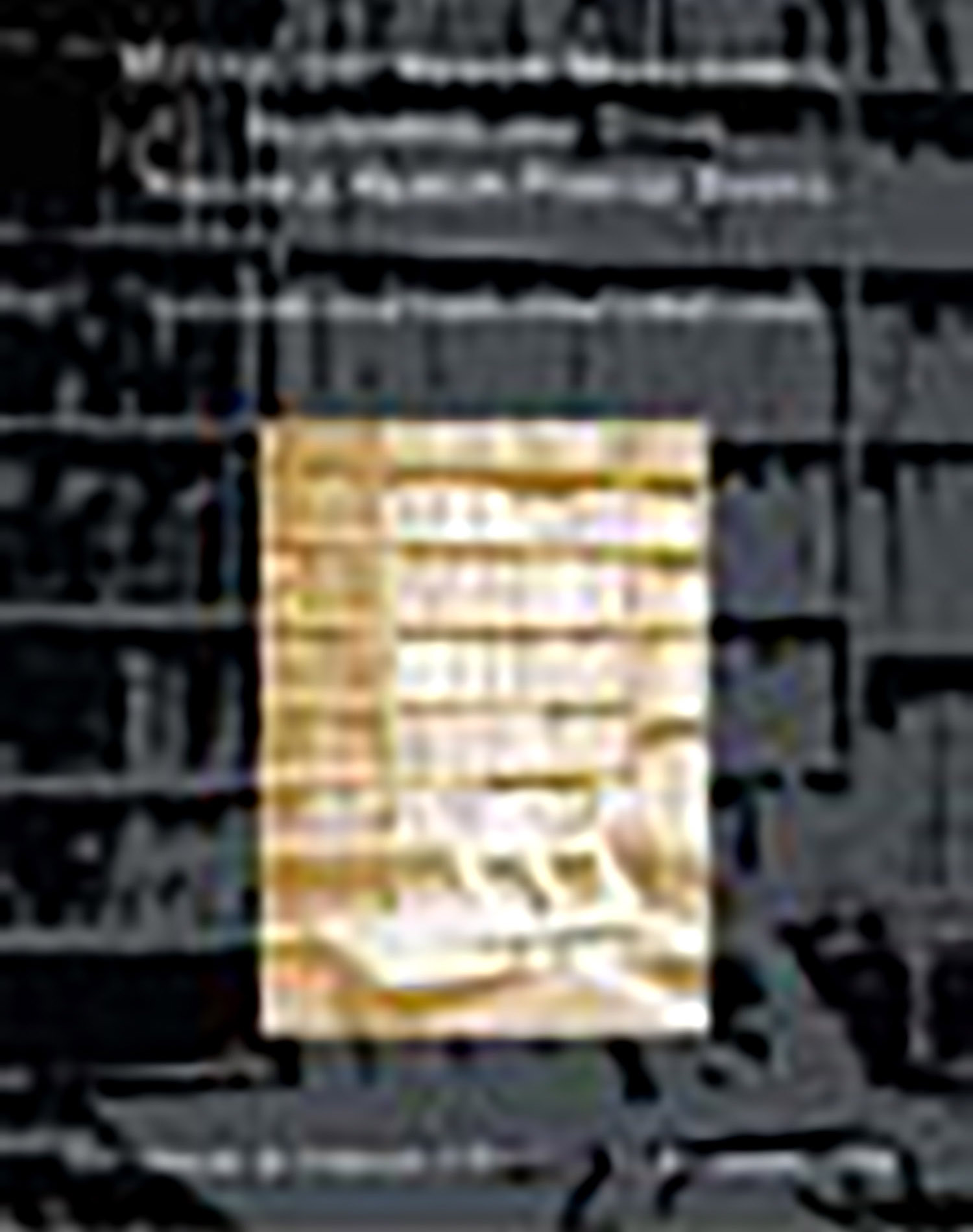With commentary by Moses Maimonides (RaMBa”M)

AUCTION 18 |
Tuesday, December 17th,
2002 at 1:00
Magnificent Hebrew Manuscripts, Incunabula and Other Valuable Hebrew Printed Books Sold By Order of The Trustees of Jews' College, London.
Lot 10
(MISHNAH).
With commentary by Moses Maimonides (RaMBa”M)
Naples: Joshua Solomon ben Israel Nathan Soncino and Joseph ibn Pisa 8th May 1492
Est: $35,000 - $45,000
PRICE REALIZED $35,000
The first complete printed edition of the Mishnah.
The Naples Edition of the Mishnah; the basic text of Rabbinic tradition, is the only incunable edition of the Mishnah to survive in its entirety.
Fragments- no more than a few leaves, of an earlier Spanish edition are the only surviving printed version that predate this Naples edition. The commentary of Maimonides was only published once in the incunable period. “Soncino’s sumptuous edition of text and commentary contains nearly four dozen woodcut diagrams, which are among the earliest non-decorative illustrations in Hebrew printing.” See B. Sabin Hill, Hebraica from the Valmadonna Trust, The Piermont Morgan Library (1989), no. 15.
The Hebrew Press at Naples had a short but distinguished existence. Founded in 1486 by Germans, Joshua Solomon Soncino followed his workers there toward the close of the 1480’s. Renowned for his diligence in the matter of textual accuracy, at least four of Soncino’s publications are known to have been produced in Naples. No doubt he and his fellow craftsmen in Naples would have continued to produce good books, but the press of Naples was silenced by the monumentous political events of 1492 and the Expulsion of the Jews from Spain. Following an influx of migrant Spanish Jews, Naples suffered a severe plague followed by tyranny by the sword of Charles VIII of France. The entire Jewish community at Naples was decimated and whether Joshua Solomon Soncino died in the tumult or fled is unknown.
This was the last book printed in Naples by J.S. Soncino. It is of particular interest for its typographical variants. See A. Yaari, Iyunim Be’incunabulim Ivri’im, in: Kiryat Sefer (1948) Vol. XXIV pp.157-9. See also Amram, pp. 63-69; J. Bloch, Hebrew Printing in Naples.
This copy with lengthly manuscript note after colophon of Seder Kodashim in a 16th-century Aschkenazic hand on the topic of the number of masechtoth, chapters and mishnayoth. The anonymous scribe states, “I have not come across any author who writes about this subject but I believe that what I have written is the truth.”
